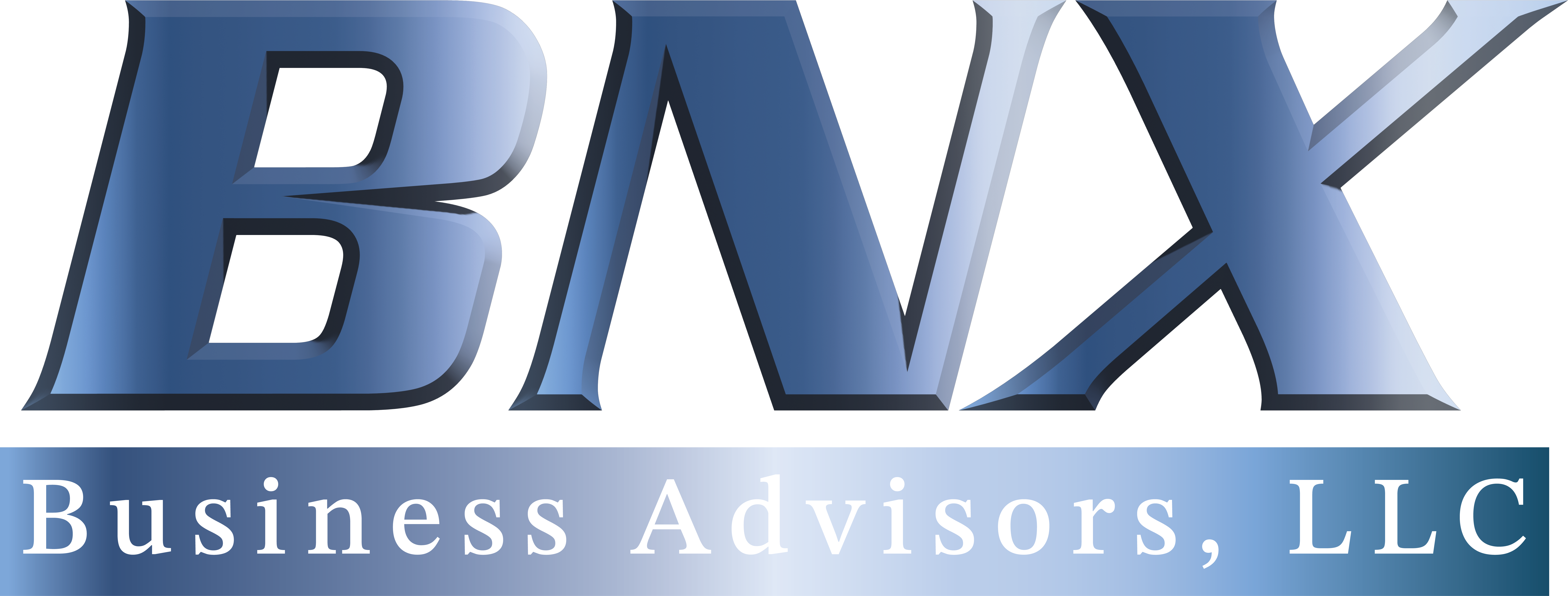

Table of Contents
In today’s fast-paced business world, building and keeping a high-trust workplace is essential for success. Trust is the bedrock upon which employee engagement, productivity, and loyalty are built. A high-trust environment empowers teams to collaborate effectively, innovate fearlessly, and invest emotionally in the company’s success. We must be deliberate in fostering trust, ensuring transparency, and cultivating mutual respect across all levels of the organization.
Why a High-Trust environment is Essential to Employee Engagement
Trust is the invisible currency of a thriving organization. When employees trust their leadership, they feel safe to take risks, voice their opinions, and contribute their best work. Conversely, a lack of trust breeds disengagement, high turnover, and underperformance. A 2016 study by Edelman found that nearly one in three employees doesn’t trust their employer—a staggering statistic that shows how much ground there is to cover in many organizations.
A High-Trust Workplace enhance:
- Engagement: Employees are more motivated and committed when they believe in their leaders and the company’s vision.
- Collaboration: Trust fosters open communication and teamwork, breaking down silos and enhancing productivity.
- Retention: A culture of trust reduces turnover, as employees are more likely to stay in environments where they feel valued and respected.
- Innovation: Trust allows people to experiment without fear of failure, leading to groundbreaking ideas and strategies.
Key Strategies to Build and Maintain a High-Trust Workplace
- Lead with Transparency: Transparency is the cornerstone of trust. Leaders should be open and honest in their communication, sharing both successes and challenges with the team. Regular updates on company goals, financial performance, and significant decisions make employees feel included and informed, reducing uncertainty. Transparency in decision-making processes also mitigates feelings of favoritism or bias, promoting fairness and accountability.
- Tip: Hold regular town halls or Q&A sessions to ensure employees feel they can engage with leadership in an open, two-way dialogue.
- Foster Open Communication: Encourage a culture where feedback is both welcomed and acted upon. Leaders should make themselves accessible and approachable. When employees feel they can voice their concerns without fear of retribution, trust naturally follows.
- Tip: Implement systems for anonymous feedback, such as suggestion boxes or digital platforms, to encourage honest input.
- Model Integrity: Leaders set the tone for organizational behavior. When management consistently acts with integrity, employees trust that their words and actions align. Admitting mistakes, keeping promises, and being fair in difficult situations are key indicators of integrity.
- Tip: Hold yourself and others accountable. When mistakes happen, acknowledge them publicly and share the steps being taken to address them.
- Prioritize Employee Well-being: Trust is built when employees know that their leaders care about them as individuals, not just as cogs in a machine. Prioritize their well-being by providing access to resources that promote mental and physical health, encouraging work-life balance, and offering development opportunities that align with their career goals.
- Tip: Introduce wellness programs, offer flexible work options, and invest in professional development to show employees that their personal and professional growth matters.
- Recognize and Reward Contributions: Acknowledging employee efforts fosters a sense of appreciation and value. Publicly recognizing achievements and milestones not only boosts morale but also reinforces the idea that leadership notices and rewards hard work.
- Tip: Establish regular recognition programs, whether it’s an employee of the month, shout-outs in team meetings, or spontaneous rewards for exceptional work.
- Encourage Collaboration, Not Competition: A high-trust workplace encourages collaboration rather than internal competition. While healthy competition can sometimes drive performance, excessive rivalry can erode trust and create a toxic environment. Build structures that encourage teamwork and shared goals, where employees are recognized for their collective success.
- Tip: Promote cross-functional projects where teams from different departments work together towards a common objective, fostering a culture of cooperation.
Sustaining a High-Trust Workplace Over Time
Building trust isn’t a one-time effort. It requires consistent reinforcement through actions, policies, and leadership behavior. As your company grows or undergoes changes, trust can be tested. This is why it’s critical to stay proactive, continuously communicate, and address any breakdowns in trust head-on. Leaders should also be mindful that every employee’s trust threshold is different. Some may trust easily, while others may have had previous experiences that make them more cautious. Being empathetic and patient in understanding the needs of different individuals is key to maintaining a trustworthy environment.
The Payoff of a High-Trust Workplace
Creating a high-trust workplace doesn’t just benefit employees—it’s a competitive advantage for the business as well. Research shows that companies with high-trust environments experience 50% higher productivity and 76% more engagement than their low-trust counterparts. High trust leads to higher levels of innovation, customer satisfaction, and, ultimately, profitability. By fostering trust, transparency, and respect, organizations can create an environment where employees feel empowered, valued, and engaged. And when employees are engaged, they are not just showing up to work—they are showing up to win.
How BNX Advisors can help
At BNX Business Advisors, we understand that building and maintaining a high-trust workplace is essential for success. Our tailored HR solutions are designed to align your human capital with business performance. We foster transparency through our HR strategies, prioritize employee well-being with customized wellness programs, and develop leaders who cultivate trust and engagement. By directly connecting your people to business outcomes, we ensure your organization thrives in today’s competitive landscape, driving long-term employee loyalty and overall success. Contact Us Today!

